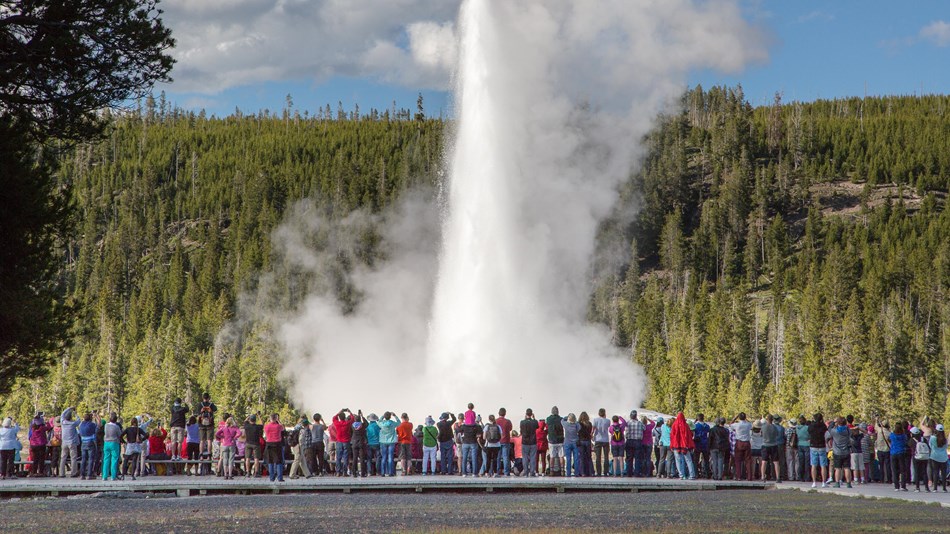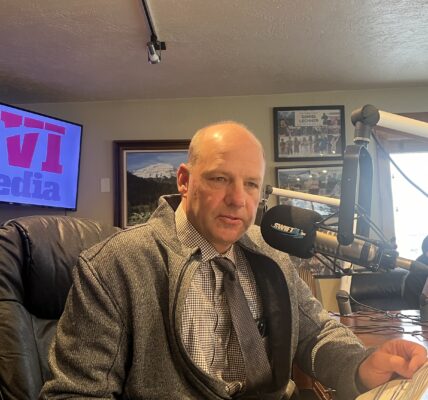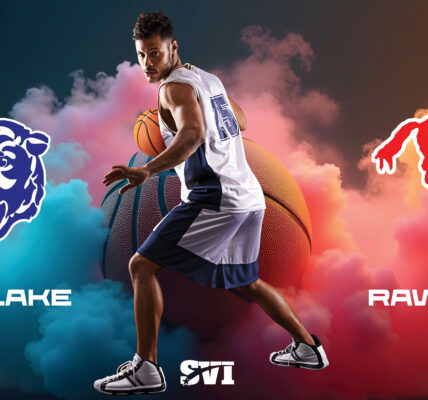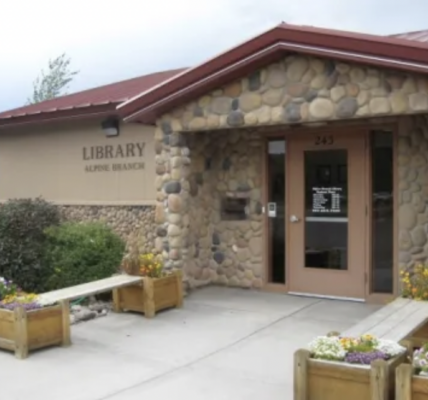Star Valley and U.S. Highway 89 are a main artery for visitors of Grant Teton National Park and Yellowstone National Park. Visitors have increased spending in America’s National Parks by more than $3.5 billion over the last five years, fueling jobs in Wyoming and Utah more than any other states.
National parks tourism pumped nearly $36 billion into the U.S. economy last year, and communities just outside the parks benefited the most. That’s where more than 330 million visitors dropped more than $18-billion-dollars and supported 255 thousand jobs.
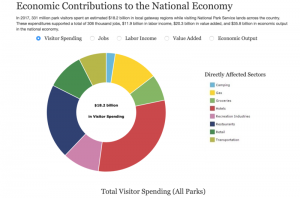
“They are drivers in our economy — there’s no question,” said Vicki Varela, who leads Utah’s tourism office. “That’s gateway communities in the surrounding areas that have tourists spending time and money in their restaurants, retail hotels. It’s a beautiful part of our tourism offering.”
Impacts in the Mountain West were especially big. Grand Teton, Yellowstone and the Glen Canyon National Recreation Area were in the top-ten for visitor spending, according to the Interior Department’s latest tally. Rocky Mountain National Park ranked No. 11. Utah, Wyoming, Montana and Colorado are all in the top-15 states when it comes to visitor spending at national park service sites.
Varela said Congress should recognize the need for more investment in the parks.
“There has not been adequate funding for many years,” she said. “And, in order to preserve the quality of the experience and to preserve the natural resources, we need to be willing to invest in — as Wallace Stegner said — America’s greatest idea.”

Just dealing with the maintenance backlog in the parks is estimated to cost nearly $12 billion. The Interior Department plans to raise entrance fees by $5 a car to help cover some of that cost, but that’s not expected to solve the problem any time soon.
The Interior Department says parks accounted for 7,130 jobs in Colorado last year and $484 million in visitor spending. In Idaho, it was 533 paychecks and nearly $33 million in visitor spending, while Montana parks generated $556 million in visitor spending and supported 9,130 jobs.
But the biggest impacts in the region were in Utah and Wyoming. Last year there were 17,600 Utah jobs tied to parks and $1.1 billion in visitor spending. In Wyoming it was 12,300 job and almost $882 million in visitor spending.

